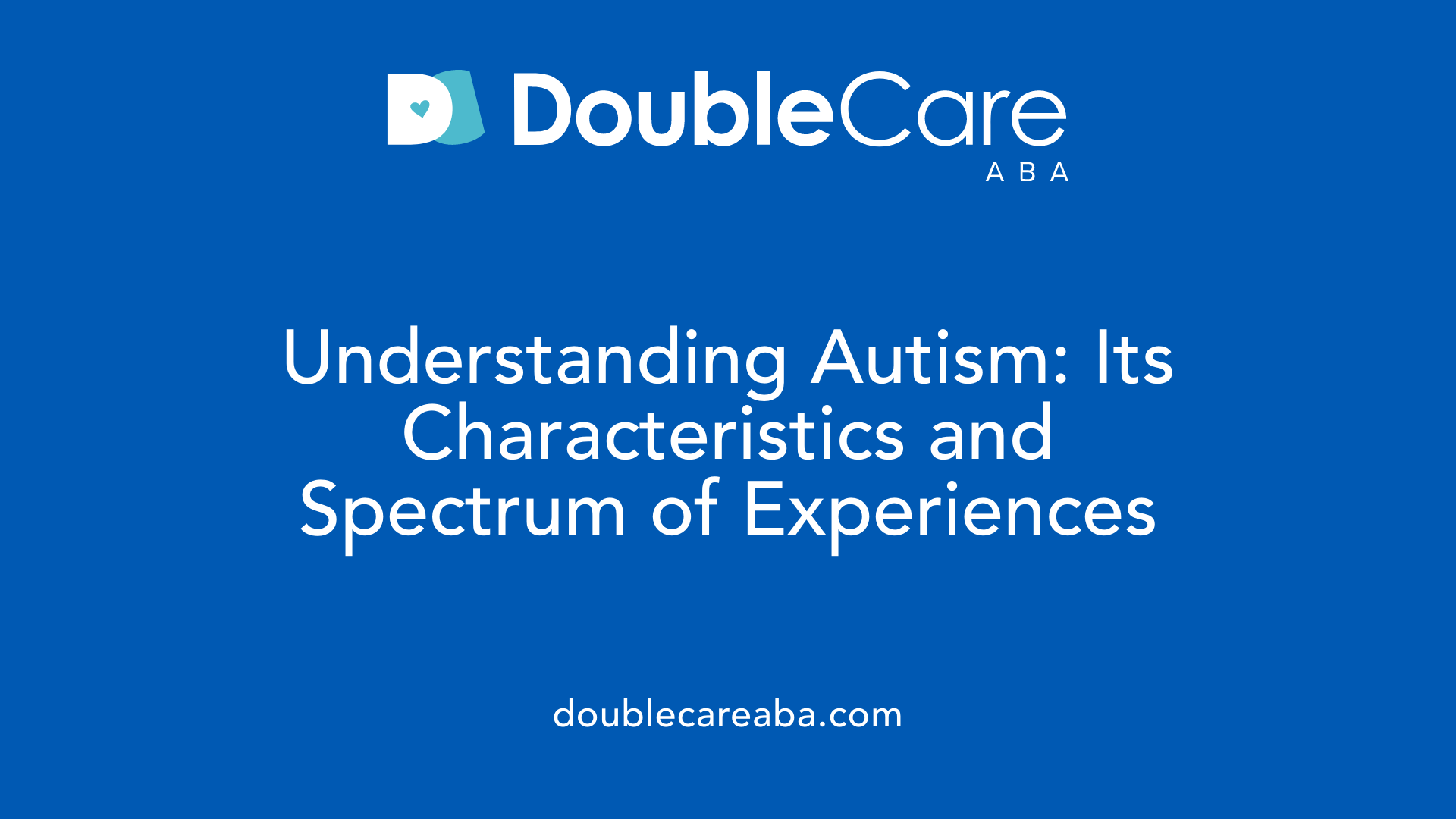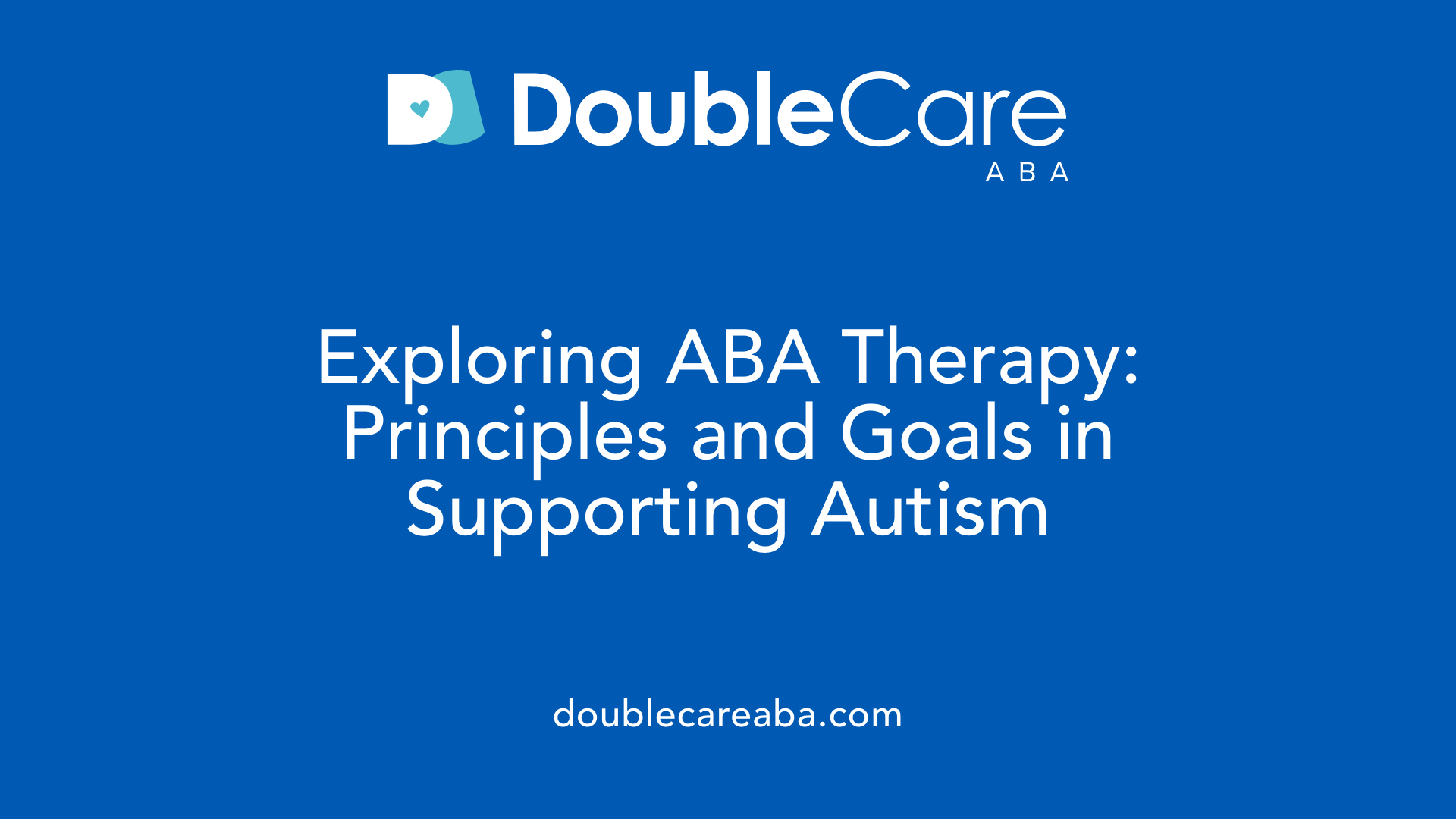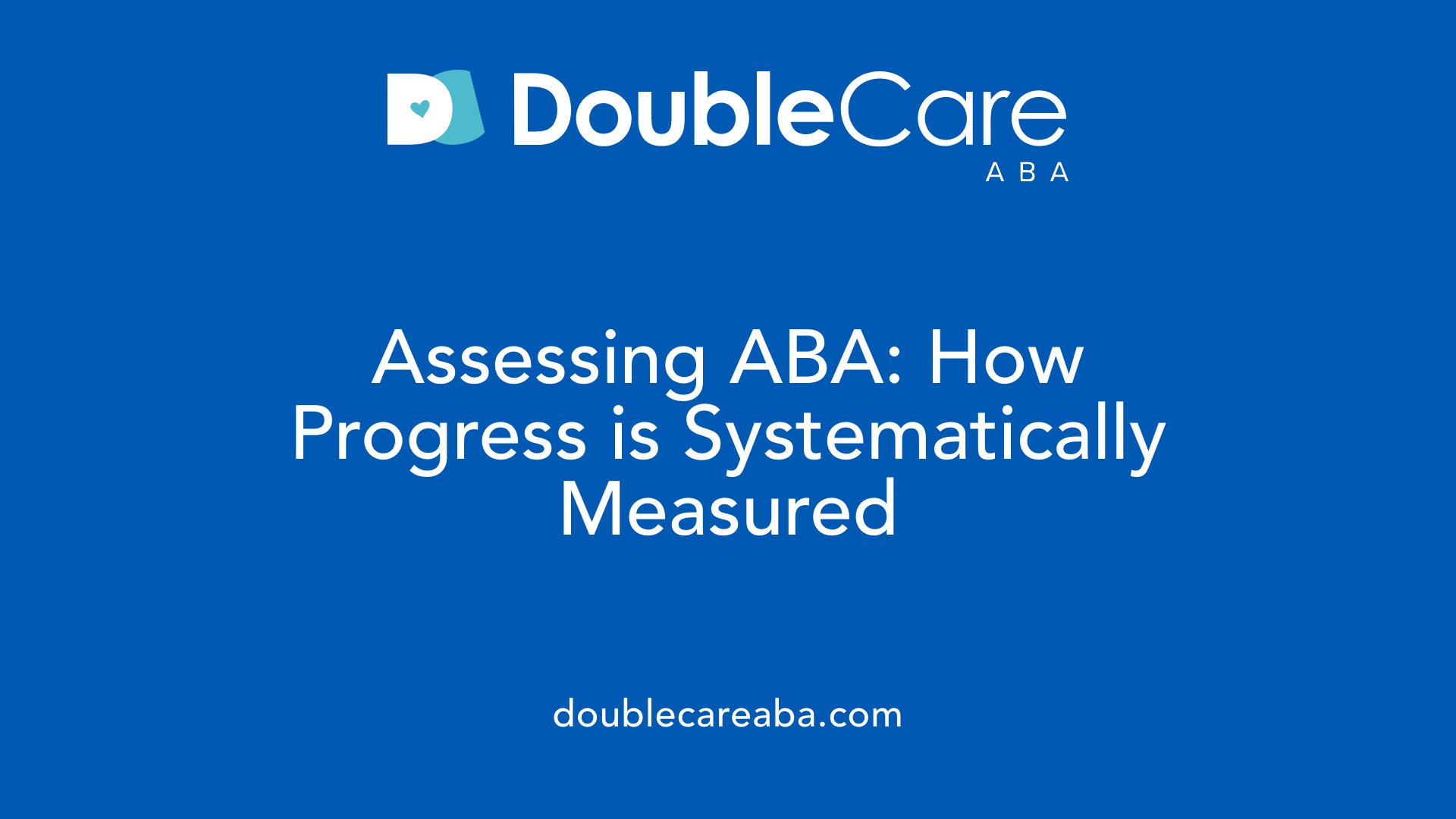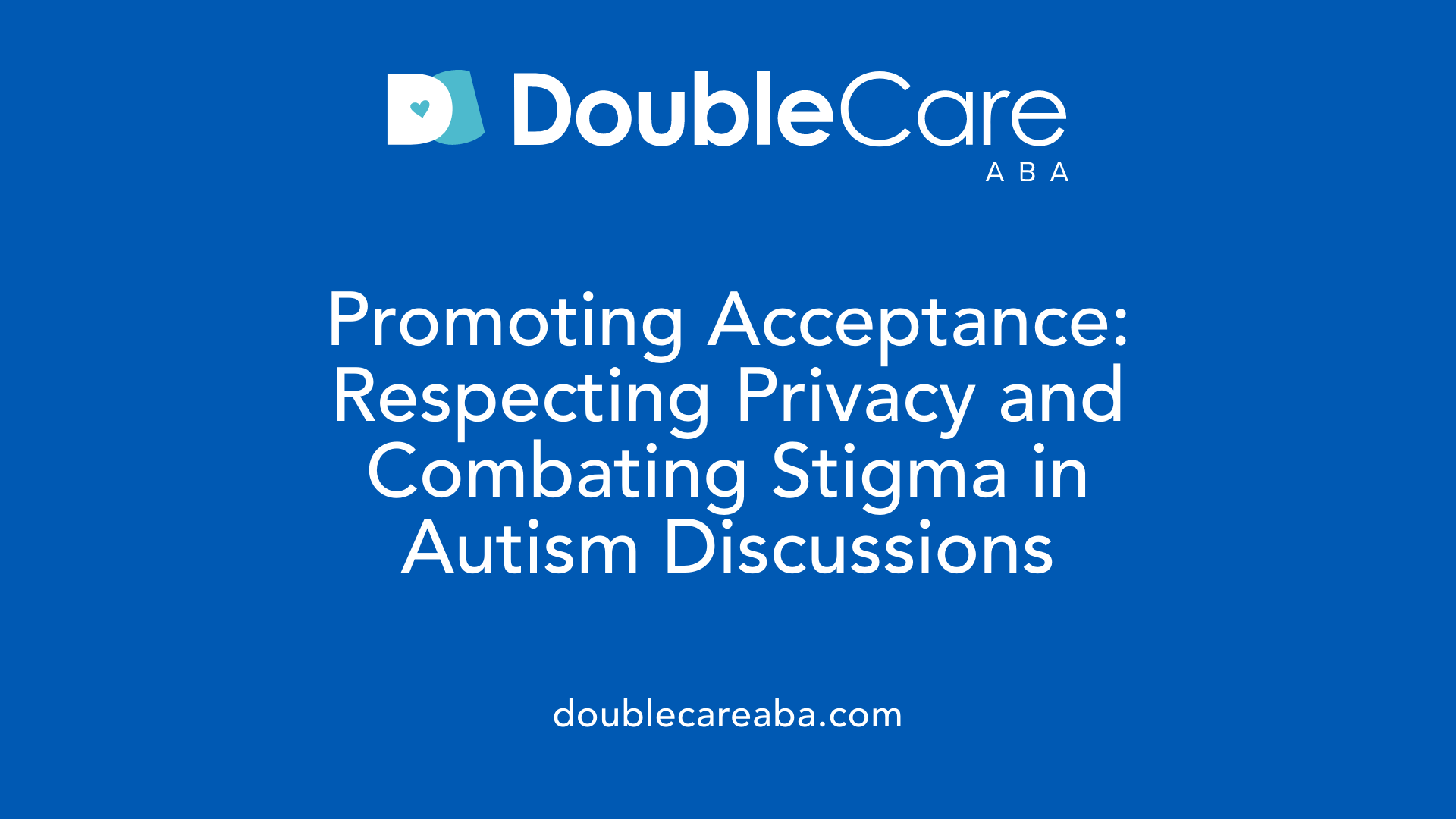Exploring the Intersection of Autism, Therapy, and Public Figures
Public curiosity often extends to the personal lives of celebrities, including their neurological profiles. In the case of actor Keir Gilchrist, questions have emerged about whether he is autistic. This article goes beyond rumor to examine the broader context of autism, the science of therapy treatments such as Applied Behavior Analysis (ABA), and the importance of ethical considerations in supporting individuals on the spectrum.
What Is Autism and How Does It Affect Individuals?

What is autism?
Autism, or autism spectrum disorder (ASD), is a neurodevelopmental condition that influences how individuals perceive and interact with the world. It primarily affects social communication, behavior, and sensory processing.
Common characteristics and challenges
People with autism often experience differences in social interaction and communication. They may find it difficult to read social cues or engage in typical social exchanges. Behavioral traits can include repetitive actions or intense focus on specific interests. Sensory sensitivities are also common, where individuals might be unusually sensitive to sounds, textures, or lights.
Variability in autism spectrum
Autism is called a "spectrum" because it manifests very differently from person to person. Some individuals may have strong verbal skills and excel in certain areas, while others might require more support in daily activities. This wide variability means each person's experience with autism is unique, with a blend of strengths and challenges.
Understanding autism's diversity helps promote acceptance and support tailored to each individual's needs.
Keir Gilchrist and Public Speculation About Autism
Public Speculation Context
Keir Gilchrist, known for his roles in film and television, has sometimes been the subject of public speculation regarding autism. Such speculation often emerges in online discussions and media, where fans and viewers look for explanations about a celebrity's behavior or personality traits. However, these ideas are usually based on observation rather than any official confirmation.
Importance of Privacy and Respect
It is essential to approach topics like autism with respect and sensitivity, especially when they concern individuals in the public eye. Speculating about someone's medical or neurological status without their consent can contribute to misunderstandings and perpetuate stigma. Maintaining privacy helps ensure that discussions remain considerate and do not impact a person's dignity.
No Verified Diagnosis Publicly Available
To date, there is no public confirmation or verified information that Keir Gilchrist is autistic. All speculation remains unsubstantiated and should be treated cautiously. Recognizing the boundary between curiosity and respect protects both the individual and the broader conversation about neurodiversity.
Being mindful about such topics encourages a culture of empathy and understanding rather than assumption.
Introducing Applied Behavior Analysis (ABA) Therapy

What is Applied Behavior Analysis (ABA) therapy and how does it help individuals with autism?
Applied Behavior Analysis (ABA) therapy is a science-based approach that understands how behavior works and how it can be influenced by environmental factors. It focuses on increasing helpful behaviors, such as communication skills, social interaction, and self-care, while decreasing behaviors that may be harmful or disruptive.
Definition and principles of ABA therapy
ABA operates on the principle of positive reinforcement—rewarding desirable behaviors to encourage their repetition. This approach is grounded in careful observation and data collection, enabling behavior analysts to tailor interventions to each individual's unique needs and monitor progress effectively.
Goals of ABA for autism
The main goals of ABA therapy are to enhance essential life skills and reduce challenges faced by individuals with autism. ABA promotes development in areas like language, social skills, academic learning, and daily living activities, which collectively contribute to improved independence and quality of life.
Tailoring interventions to individuals
ABA programs are personalized and often involve teaching tasks in natural environments to make learning relevant and generalizable. Behavior analysts continuously adjust strategies based on ongoing data, ensuring interventions align with the individual's strengths, interests, and motivations.
This evidence-based approach has been widely endorsed by respected organizations such as the US Surgeon General and the American Psychological Association, making ABA a cornerstone in autism therapy.
Who Provides ABA Therapy and How Is It Delivered?
Professionals involved in ABA therapy
ABA therapy is typically provided by licensed and specially trained professionals such as board-certified behavior analysts (BCBAs) and behavior therapists. These individuals possess expertise in applying the principles of applied behavior analysis to help individuals with autism. They design and implement customized treatment plans aimed at promoting positive behaviors and minimizing challenges.
Settings for ABA delivery
ABA therapy can be delivered in various environments depending on the needs of the individual. Common settings include clinical offices, educational institutions, and the home. In-home therapy often allows for more naturalistic interventions tailored to everyday situations, while clinics and schools provide structured programs and resources for comprehensive support.
Role of specialized companies
Specialized companies and agencies focused on behavioral health and autism frequently provide ABA services. These organizations ensure therapy is supervised and administered by qualified professionals adhering to evidence-based practices. Their involvement helps maintain quality standards, offering families reliable access to effective ABA interventions.
Common Techniques Used in ABA Therapy
What are the common techniques used in ABA therapy?
ABA therapy employs a variety of techniques tailored to individual needs to promote learning and behavioral change.
One widely used approach is Discrete Trial Training (DTT). This method involves structured, repetitive trials where a specific skill is taught in small, manageable steps. Typically used for foundational learning, DTT helps individuals acquire new behaviors through clear instructions, prompts, and immediate reinforcement.
Another technique is Pivotal Response Treatment (PRT). Unlike DTT’s more structured approach, PRT targets pivotal areas such as motivation, responding to multiple cues, and self-management. By focusing on these broad areas, PRT encourages improvements that generalize across various aspects of development, making it a more natural and child-led intervention.
Natural Environment Teaching (NET) takes learning into real-life settings. Instead of structured sessions, NET emphasizes teaching skills during everyday activities and routines. Learning in this way helps individuals use new skills more functionally and apply them across different environments.
Finally, verbal behavior interventions focus on developing communication skills. These strategies use the principles of behavior analysis to reinforce appropriate verbal responses, enhancing speech and language abilities in a meaningful context.
Together, these techniques provide a comprehensive toolbox in ABA therapy that can be customized based on each person's unique learning style and goals.
Measuring the Effectiveness of ABA Therapy

How is the effectiveness of ABA therapy measured?
The effectiveness of ABA therapy is evaluated through systematic data collection on clearly defined target behaviors. This approach involves measuring specific behaviors that are operationally defined, such as counting the number of spoken words, tracking the frequency of certain behaviors, or timing episodes to quantify their duration.
Systematic Data Collection
Data is collected consistently and regularly throughout the course of therapy to provide an accurate picture of the client’s progress. This ongoing collection ensures that changes in behavior are documented in real time.
Behavioral Progress Monitoring
ABA therapists monitor behavioral progress by comparing data points over sequential therapy sessions. Changes in the data reveal whether the client is moving closer to individualized treatment goals.
Visual Data Analysis
The gathered data is often displayed visually using graphs and charts. These visual tools help therapists and caregivers easily identify trends, such as increases or decreases in target behaviors, over time.
Adjusting Interventions Based on Data
When data shows that progress has plateaued or goals are not being met, therapists adjust interventions. This might involve testing different strategies using experimental designs like reversal or alternating treatments to determine the most effective approach.
Through continuous measurement, analysis, and adaptation, ABA therapy ensures that interventions remain effective and tailored to the client's evolving needs.
Ethical Considerations and Controversies Surrounding ABA Therapy
Historical controversies
Applied Behavior Analysis (ABA) therapy has faced criticism over its historical use of aversive techniques. In earlier decades, some practices involved punishment-based methods that are now widely regarded as unethical and harmful. These approaches led to significant controversies, with many neurodiversity advocates labeling them abusive.
Modern emphasis on positive reinforcement
Today, ABA therapy has evolved to focus largely on positive reinforcement and individualized support. Modern practitioners strive to build skills by rewarding desired behaviors rather than punishing undesired ones. This shift has improved both the ethical standing and the effectiveness of ABA interventions.
Concerns about client autonomy
Despite these improvements, concerns remain about respecting the autonomy of clients undergoing ABA therapy. Critics argue that some programs may not adequately involve clients and their caregivers in setting goals or making decisions. Ensuring that therapy respects individual preferences and promotes choice is increasingly recognized as essential.
Neurodiversity perspective
From the neurodiversity perspective, ABA is sometimes viewed skeptically because it aims to modify behaviors considered atypical but natural, like certain stimming actions. Advocates emphasize acceptance and accommodation rather than behavior modification to conform to typical norms. They caution that overly rigid or intensive ABA interventions may cause unnecessary stress or suppress individuality.
Overall, the ongoing debate about ABA therapy centers on balancing scientifically supported benefits with these ethical considerations. The focus is on creating interventions that support skill development and well-being while honoring personal dignity and informed consent.
The Role of Therapy in Enhancing Quality of Life for Autistic Individuals
Skill development through therapy
Therapy plays a crucial role in developing various skills for autistic individuals. Interventions such as occupational therapy, speech therapy, and behavioral therapies focus on building practical skills that improve daily functioning. These may include fine motor skills, self-care routines, and adaptive behaviors that help individuals navigate everyday tasks more effectively.
Improving social and communication abilities
Social and communication challenges are common among autistic individuals. Therapies like Applied Behavior Analysis (ABA) and social skills training specifically target these areas. They help individuals understand social cues, improve verbal and non-verbal communication, and build meaningful interactions with others. Enhanced social skills contribute significantly to reducing feelings of isolation and increasing social integration.
Supporting independence and well-being
Therapies aim to foster independence by encouraging decision-making and self-advocacy. They also address emotional regulation and coping strategies, supporting overall mental health and well-being. By promoting independence, therapy empowers autistic individuals to lead fulfilling lives and engage more confidently within their communities.
Respecting Privacy and Reducing Stigma Around Autism in Public Discourse

What are the challenges of public speculation on autism?
Public speculation about autism often leads to misinformation and misunderstanding. When individuals' diagnoses become topics of rumor or sensationalism, it can violate their privacy and cause emotional distress. Misconceptions spread easily in such discussions, which reinforces stereotypes and often paints an inaccurate picture of what living with autism is really like.
Why is informed discussion about autism important?
Informed discussion helps dismantle myths and provides a clearer, more respectful understanding of autism. Using accurate information from credible sources ensures conversations are constructive rather than harmful. This approach helps protect individual privacy and fosters empathy, making discussions about autism more supportive and respectful.
How can we promote acceptance and understanding?
Promoting acceptance and understanding starts with education and respectful communication. Celebrating the diverse experiences of autistic individuals and recognizing their strengths challenges stigma. Public discourse that respects privacy and prioritizes compassion encourages inclusion and helps society become more welcoming and understanding of autism in all its forms.
Conclusion: Separating Fact from Fiction and Emphasizing Support

Recap of Key Information About Autism and ABA Therapy
Applied Behavior Analysis (ABA) therapy remains one of the most established approaches used to support individuals with autism spectrum disorder (ASD). It focuses on improving specific behaviors and skills by using positive reinforcement techniques. Despite its widespread use, ABA therapy is sometimes misunderstood in public discussions, leading to mixed perceptions about its effectiveness and purpose.
Acknowledging the Absence of Confirmed Autism Diagnosis for Keir Gilchrist
While there has been speculation about actor Keir Gilchrist's personal experiences related to autism, no verified reports confirm a formal diagnosis of ASD for him. It's important to approach such topics with sensitivity and avoid assumptions about individuals' medical or developmental histories without credible evidence.
Focusing on Evidence-Based Understanding and Respectful Dialogue
A constructive conversation about autism and therapies like ABA should prioritize evidence-based information and respect for all individuals involved. Emphasizing factual knowledge helps reduce stigma and fosters an environment of support. Encouraging respectful dialogue encourages greater awareness, understanding, and acceptance of the diverse experiences of autistic individuals.
By focusing on informed perspectives and respectful communication, we can better support individuals with autism and contribute positively to the public understanding of therapeutic practices.
Clarifying Misconceptions and Advocating Compassionate Understanding
This exploration into autism, applied behavior analysis therapy, and the public speculation surrounding Keir Gilchrist emphasizes the importance of respecting personal privacy and understanding neurological diversity with nuance. While there is no confirmed information indicating that Gilchrist is autistic, the discussion highlights how therapy approaches like ABA play a critical role in supporting many autistic individuals. Engaging with these topics thoughtfully fosters a more informed, compassionate society where respect for individual experiences and scientific evidence guides our conversations about autism.














